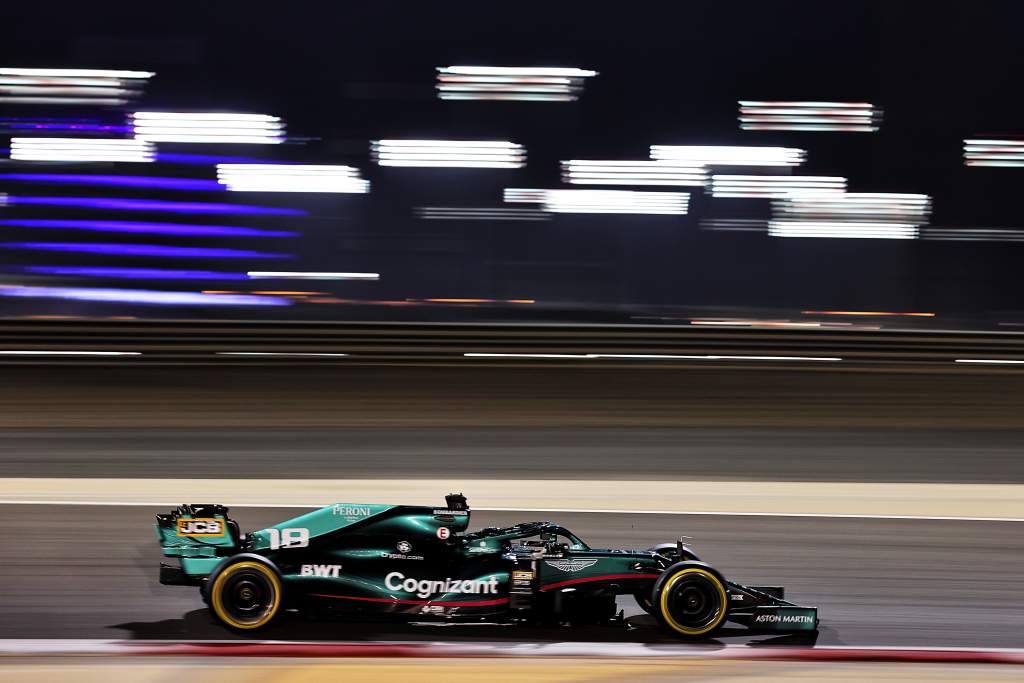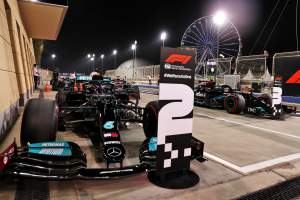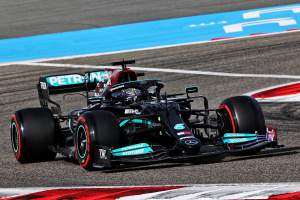Up Next

The wait is finally over and we now have our first set of qualifying performance data from the 2021 Formula 1 season. We know that nobody was sandbagging, running high fuel or holding back on power unit settings so each team’s performance relative to the others and the end of last season can now be assessed.
As well as the overall performance picture for 2021, we can also draw some conclusions about who the winners and losers are of the small but significant aerodynamic rule changes. But first, let’s look simply at the competitive order in qualifying and how it relates to testing.
After testing, I calculated every team’s performance deficit as a percentage adjusted to running on the red-walled C4 Pirelli tyres and with 10kg of fuel. This was based on how they’ve approached testing historically as well as the information we gathered from testing.
In the table below, I’ve compared my testing performance estimate to what we saw in qualifying.
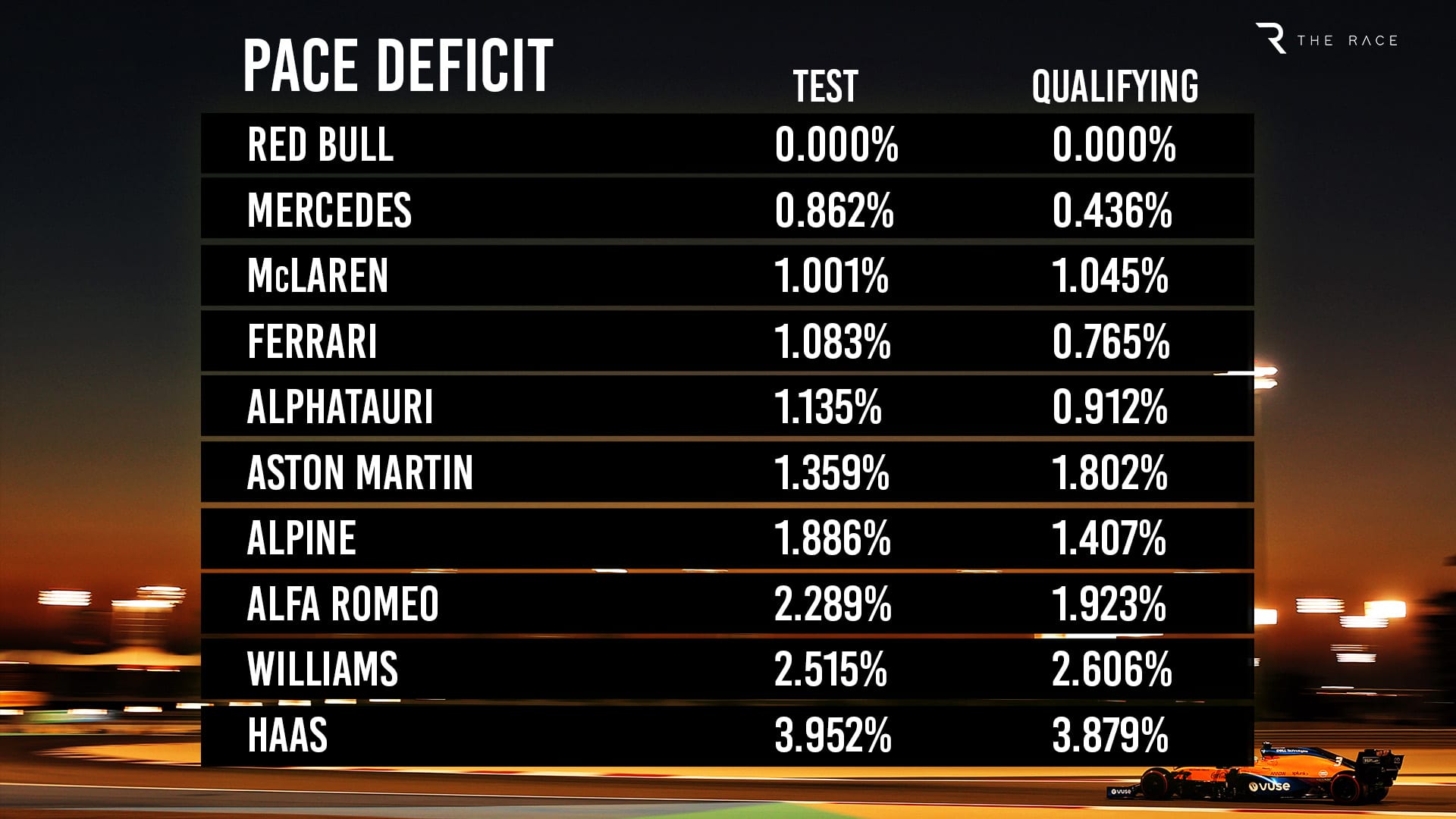
During testing, Max Verstappen in his Red Bull did a 1m28.960s and in Q3 on Saturday he did a 1m28.997s. We can forgive him for being 37-thousandths of a second slower. After all, the FIA did introduce a track-limit restriction at Turn 4 that could have accounted for that.
But Mercedes halved my estimated deficit and, based on what we’ve seen this weekend, I’m pretty sure this is correct. This improvement didn’t just come from an extra coat of polish, it was a lot of burning the midnight oil and head scratching. I doubt it will be long before Mercedes takes another step.
Relative to Red Bull, McLaren has effectively stood still. That’s not a criticism as it came out of the box strong and reliable in testing and has maintained that performance which is no easy task against the big teams.
Ferrari have made some ground. Those in the team have been honest with themselves and know that it’s going to be a tough challenge to get back to the front, but there is now a light at the end of the tunnel. Now it’s just about retaining focus on that light and working towards it.
AlphaTauri has made another small gain and given Honda is determined to show everyone it can win a world championship with Red Bull, it will also get the benefits of its developments. Having a quick Japanese driver is also a shrewd move and it seems Yuki Tsunoda has taken to F1 like a duck to water.
Alpine has shown a small gain, but I’m not sure if that is just the pure grit of Fernando Alonso. I’m pretty sure that lap in Q3 was him digging deep – aided by Tsunoda and Sergio Perez’s final runs on the medium tyre which weren’t good enough – but however it was achieved it doesn’t matter, the important thing was getting into Q3.
Alfa Romeo has also performed a little better than I anticipated, but it has a car that is very efficient and also benefits from the improved Ferrari power unit. When it comes to higher downforce circuits, I do suspect we will see the Sauber-run team struggle just that bit more.
As for Aston Martin, it is the disappointment of the season so far. Testing wasn’t good for it and it was the only team to show an actual drop in performance.
Williams and Haas have more or less stood still. George Russell did his Saturday best and got into Q2, but that was it. We couldn’t expect anything more from Haas given it’s more or less using last year’s car adapted for the new regulations.
We can also look at the qualifying performance for a clearer indication of what impact the new aerodynamic regulations have had.
Yes, each team has developed its base car to improve the inherent performance of the chassis but every team will have lost something because of the floor, diffuser strake and brake duct changes. Some teams might have been able to use these changes to improve the balance of the car.
I doubt the power unit manufacturers have been standing still either and Honda has been vocal about it improvements, so perhaps there is a trend through the teams that use the same power unit supplier?
So to get a read on who used the winter wisely and who squandered the chance, I have taken last year’s fastest car for each team in qualifying for the 2020 Bahrain Grand Prix in November and compared it to the fastest time this year. The difference then gives you the performance loss.
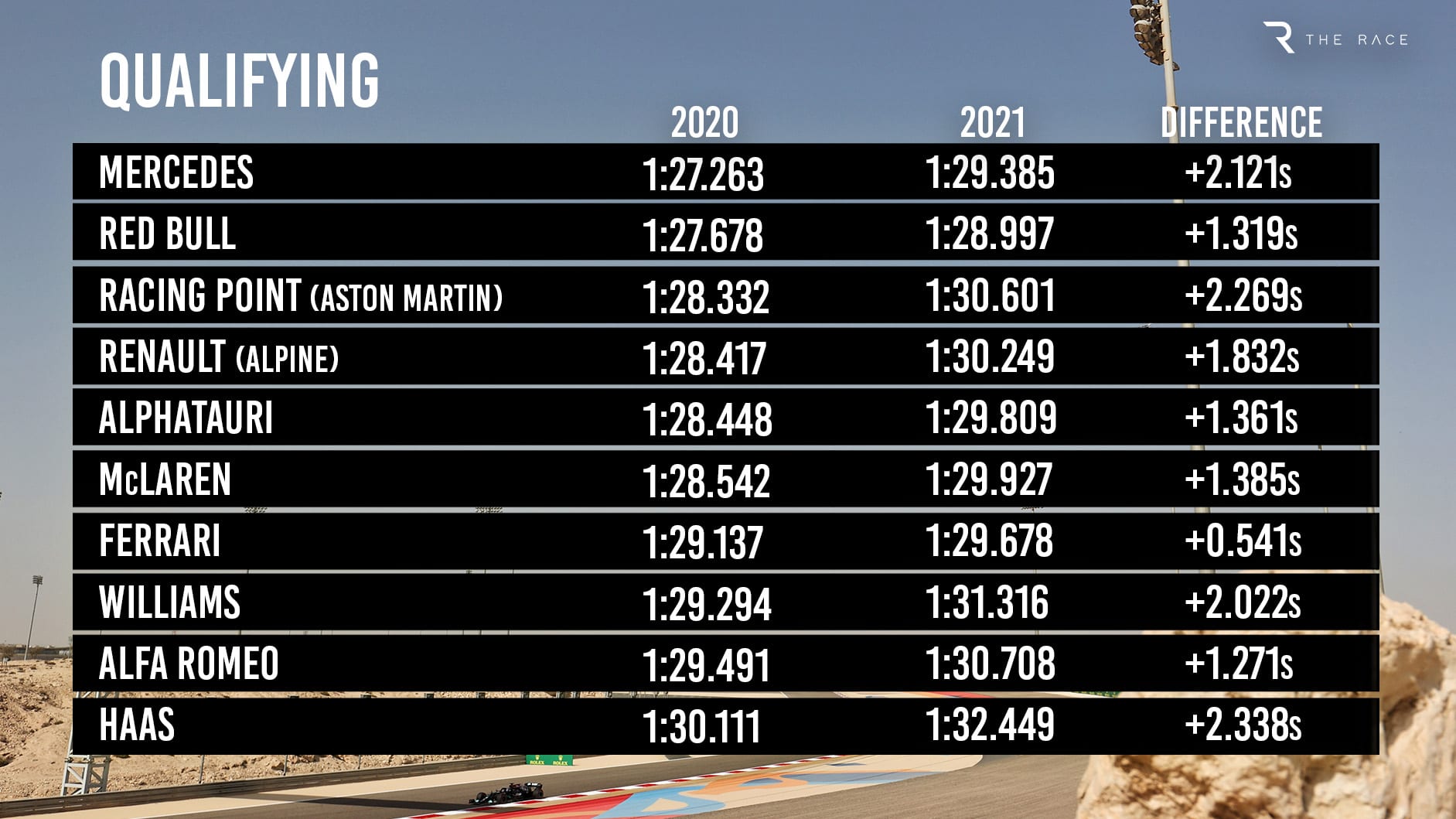
So as last year’s Bahrain race was late in the season and this year’s pre-season testing was held at the same circuit I think this gives us a reasonable picture of who had the best winter adapting to the new regulations, this is now in minimum performance loss order we get the following:
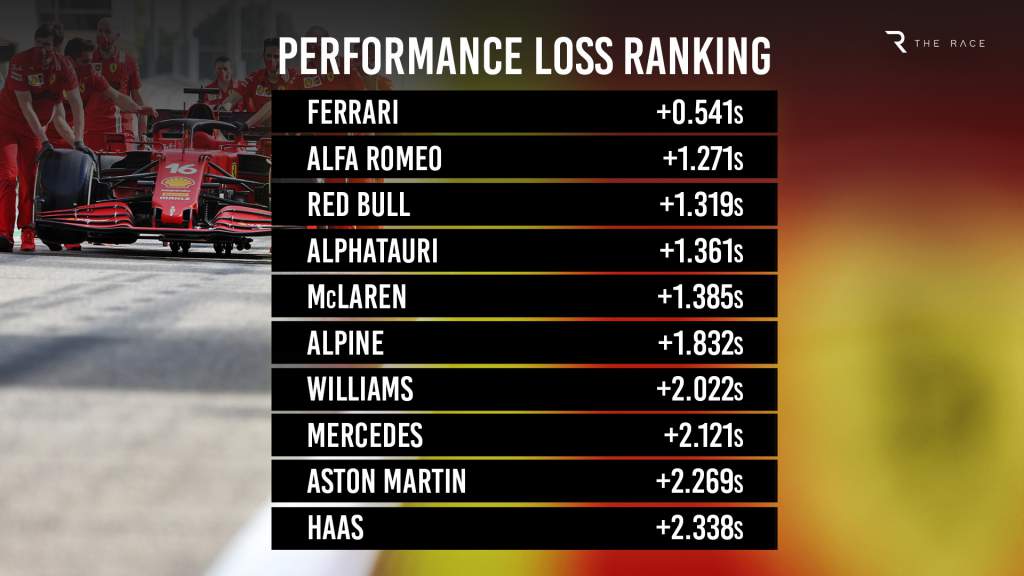
So working from worst to best, we can set Haas to one side as this is a rebuilding year and it’s done little to develop the car. We could take that as a baseline for the impact of the regulation changes, with a 2.338s deficit.
Not wanting to ‘rake’ up an old subject, we can clearly see that the low rake philosophy of the Aston Martin and the Mercedes have suffered dramatically.
At the other end of the scale, Ferrari and Alfa Romeo both run a decent level of rake but Ferrari was also a long way behind last year, so had a lot of opportunity in both the chassis and power unit for improvement. Alfa’s Romeo’s loss confirms the power unit improvement. Ferrari had the least performance loss, just 0.541s compared to Bahrain 2020.
But more tellingly, the higher rake philosophy cars of Red Bull and AlphaTauri lost least outside of Ferrari. The others that are in between run closer to the Red Bull philosophy than they do the Mercedes philosophy.
Toto Wolff has been suggesting that the regulation changes were focused on handcuffing them, but my answer to that is ‘why not?’
Mercedes has responded to any changes better than anyone else over the hybrid era and why should changes not try to bring the field together? After all, what would it do for anyone if the changes were focused on the performance of Williams or Haas?
So in conclusion, I would say if I was at Mercedes or Aston Martin, my development direction has been well and truly defined.


